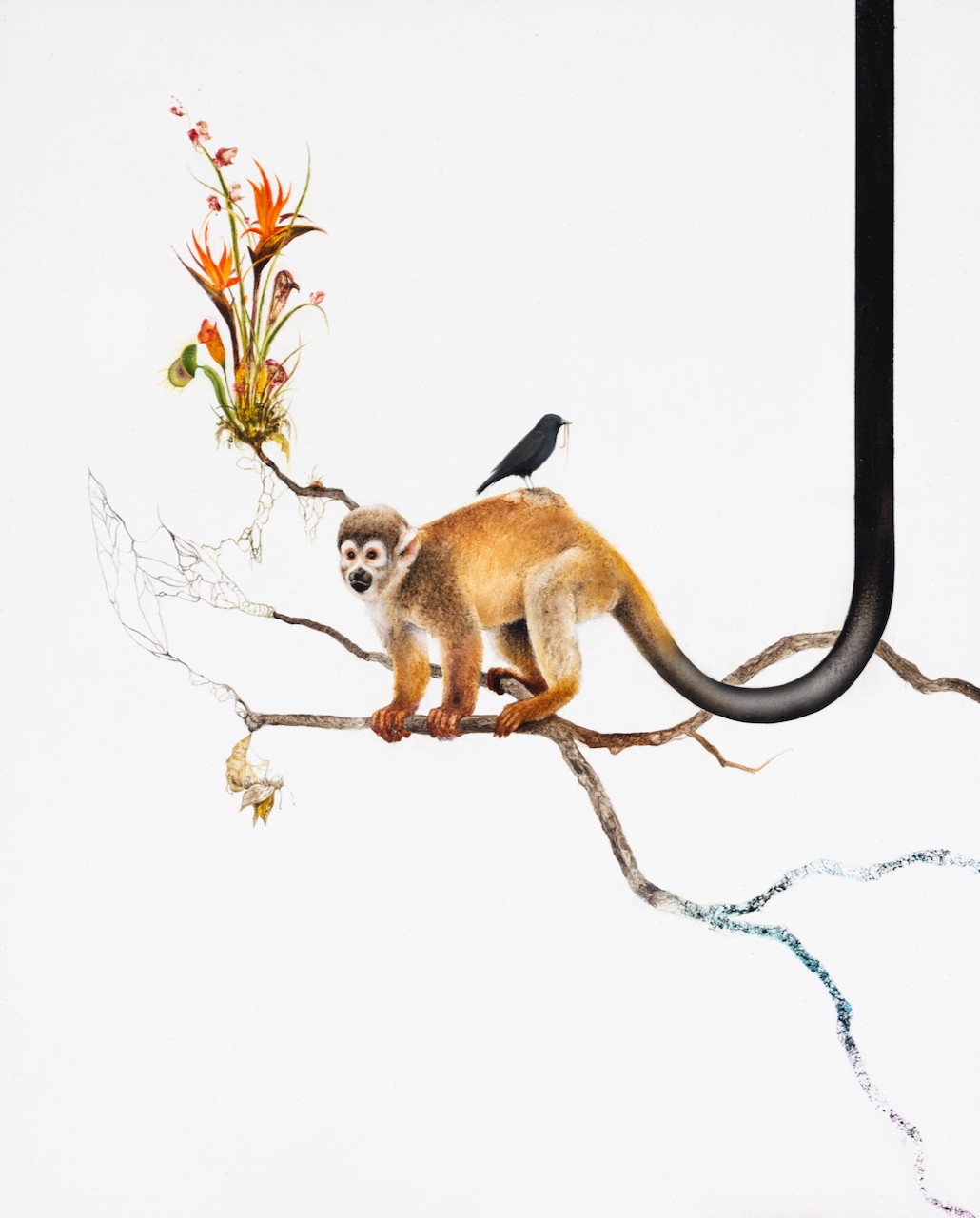We were lucky to catch up with Kevin Earl Taylor recently and have shared our conversation below.
Kevin Earl, thanks for taking the time to share your stories with us today How did you learn to do what you do? Knowing what you know now, what could you have done to speed up your learning process? What skills do you think were most essential? What obstacles stood in the way of learning more?
I developed my process through years of experimentation and utilizing failures as a vital tool for learning.


Kevin Earl, before we move on to more of these sorts of questions, can you take some time to bring our readers up to speed on you and what you do?
Like most, I enjoyed drawing from an early age and given that my family was supportive of my interests, kept at it, On the verge of becoming a teenager in 1984, I found skateboarding and the accompanying culture surrounding it. This submersion into that world solidified a magnetism towards art, individuality and creativity which lasted through high school. In 1990, I attended The Savannah College of Art and Design for Illustration and the last semester before I graduated, enrolled in a 2oth century art history class and an intro to oil painting class. These 2 classes together unlocked a new interest in the creative process and gave me a deeper understanding of art as a powerful language. After graduating, I discovered that I felt most fulfilled through productivity, progression and creativity. Since I was no longer in school, I quickly realized that it was up to me to me to push my ability and career forward. That approach has remained constant throughout my trajectory as an artist. As my work gained notoriety, I began to inject subject matter from realms I found to be most intriguing. Growing up around nature in South Carolina gave me an early familiarity towards nature, animals and the environment. These elements have informed my work since.
Historically, animals have been used to tell stories and present ideas, and this language resonates with me. The intentional use of these subjects implants a primal innocence into the work, all at once charged with emotion but devoid of distractions such as identity and miscommunication. This absence of humanity enables the viewer to access the sub-layers of consciousness and contemplate the pieces on a deeper level, as one might a mirror, and look through them rather than at them.
I find satisfaction that my work presents the natural world to the viewer and reminds us that as humans, we are not the only species inhabiting the planet. Although, I choose to abstain from a political stance, I would hope that my work inspires a perspective of compassion towards the environment that we all depend on and share.


Can you share your view on NFTs? (Note: this is for education/entertainment purposes only, readers should not construe this as advice)
I believe NFTs to be a medium for artists to work in and also have the potential to serve as an efficient utility. There is quite a bit of noise around them at present and this adds to confusion and oversaturation, but over time, their function and value will become more clear. As an artist who embraces technology to create and utilize within their work, I would always like to find myself on the supportive side of new creative processes.


We often hear about learning lessons – but just as important is unlearning lessons. Have you ever had to unlearn a lesson?
I was once working on a painting and for some reason could not get it to feel right. As many times I tried to correct areas and push it forward, it just kept coming out bothersome. At a certain point, I became frustrated and somewhat impulsively painted over the entire surface. Suddenly, I felt a sense of relief and renewed excitement toward the blankness. A new idea began to take shape and rather effortlessly formed into what felt like a very successful work. As I looked over the result and pondered the time I had spent getting to that finished product, I realized that instead of seeing the earlier attempt as time wasted, I could instead choose to see it as necessary time it took to achieve a more favorable result. This experience helped me learn that within the process of creation, lies at times, destruction. Overcoming the fear of destroying something mediocre, in which you have invested time and effort in the interest of creating something outstanding, is a valuable lesson for an artist to learn.


Contact Info:
- Website: www.kevinearltaylor.com
- Instagram: @kevinearltaylorstudio
- Twitter: @kevinearltaylor
Image Credits
portrait: Elon Schoenholz all other images courtesy: Kevin E. Taylor Studio


